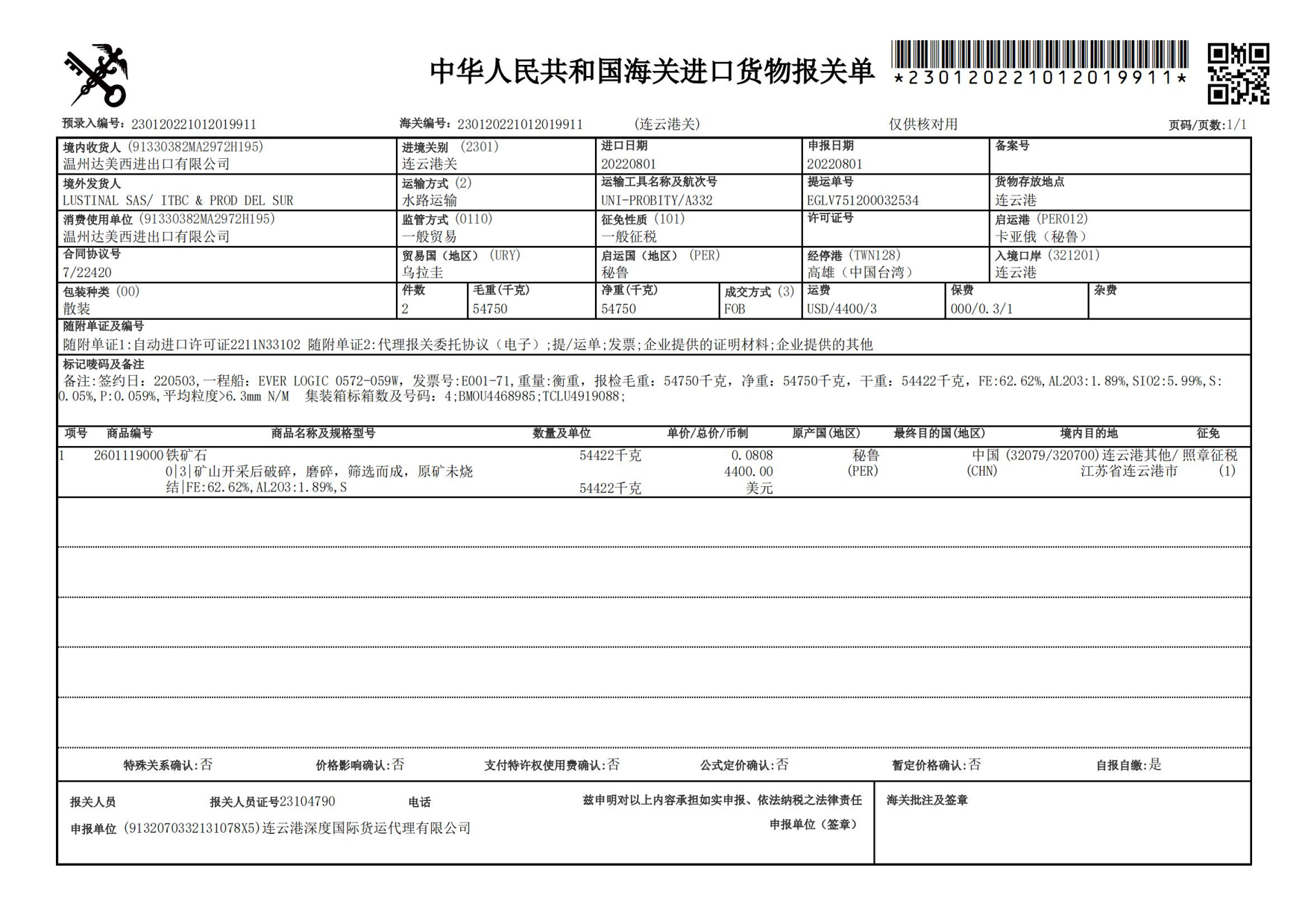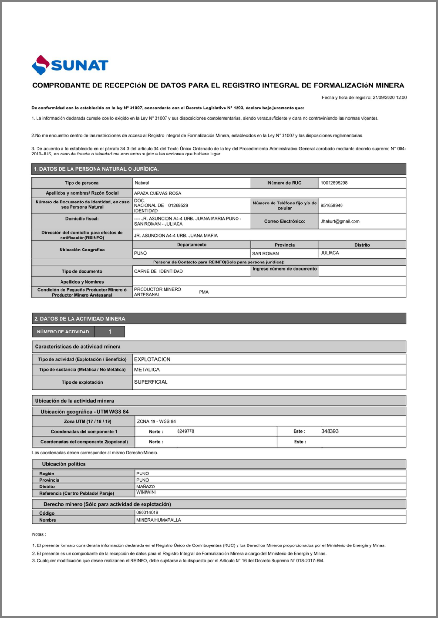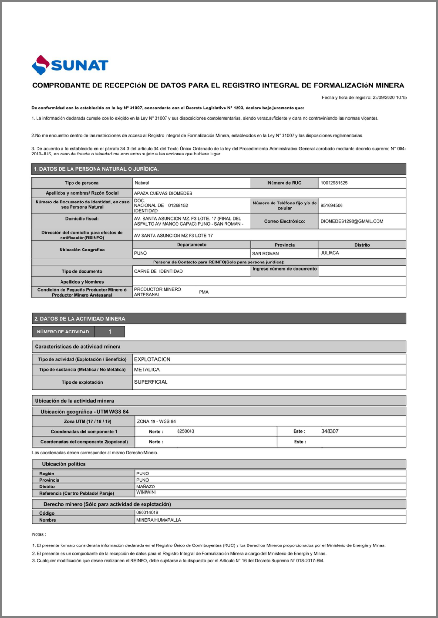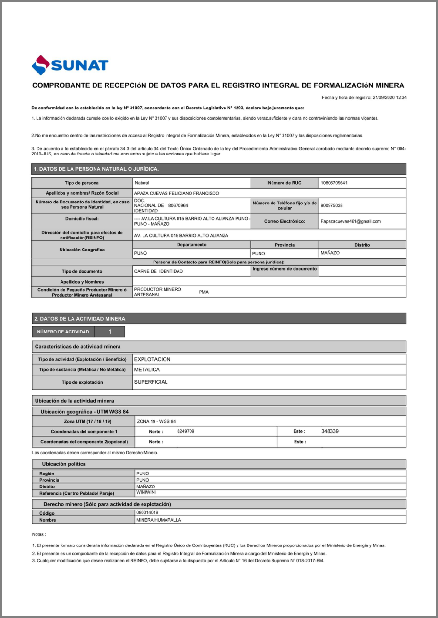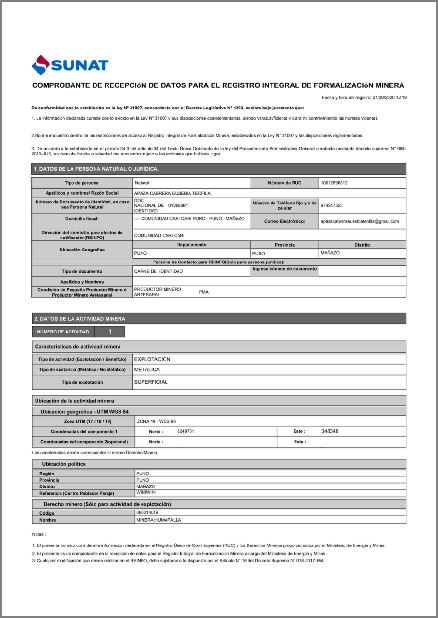
Product Introduction
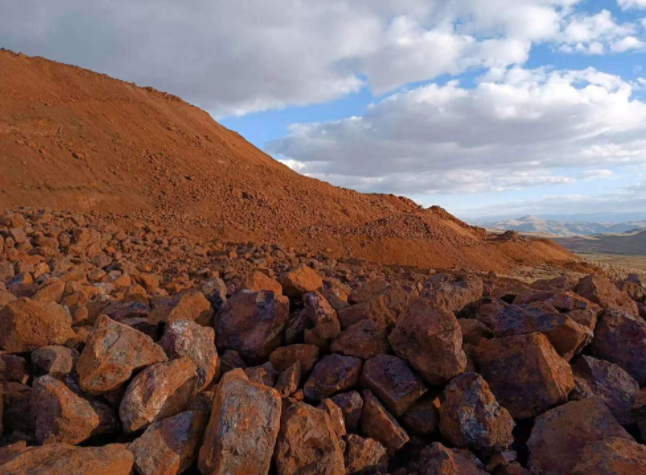
- Peru has abundant mineral resources and is one of the world's 12 largest mineral producing countries.
- Peru is located in the middle section of the Andean continental margin and has been affected by plate subduction and disappearance for a long time, with a good geological background for mineralization
- The main products include blast furnace pellets, direct reduction iron pellets, fine powder, coarse powder, and coarse particle ore.
- The grade of Peruvian iron ore is over 64%, with an average copper content of 0.12% and cobalt content of 0.042%. The disadvantage is that the sulfur content is relatively high.
Iron ore mining
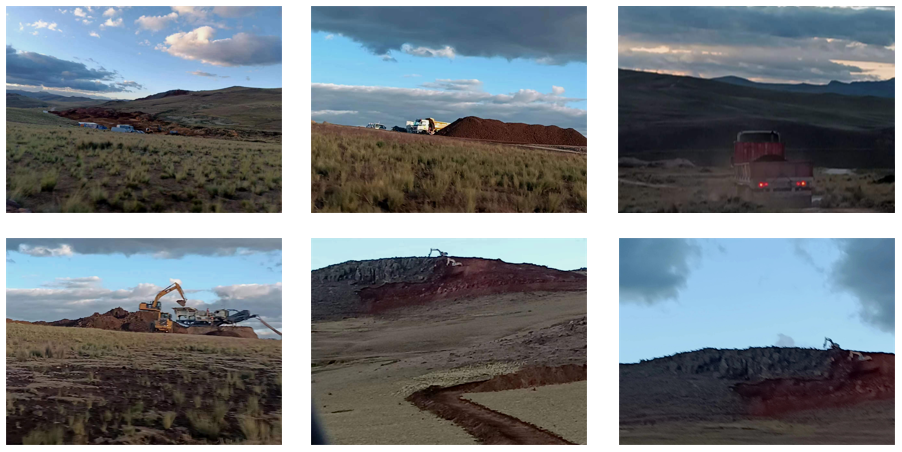





Our ore business mainly comes from Peru

- The Peruvian iron ore district is located in the Malkona district of the city of Nasca in the province of Ica, more than 520 kilometers southeast of the capital Lima. The geological reserves of iron ore are 1.662 billion tons, of which 1.093 billion tons have been confirmed to be geological reserves, and 569 million tons may be geological reserves. It belongs to the siliceous carbonate type deposit mainly composed of iron.
- Peru has abundant mineral resources and is one of the world's 12 largest mineral producing countries. The main minerals in Peru include copper, silver, zinc, tin, gold, iron, molybdenum, tungsten, bismuth, lead, uranium, mercury, vanadium, oil, natural gas, coal, phosphate rock, barite, borate, etc. According to statistics at the end of January 2011, Peru's silver, copper, zinc, and gold reserves were 120500 tons, 90.8 million tons, 23.41 million tons, and 19.68 million tons, respectively, accounting for 30%, 16%, 10%, and 2.5% of the world's total reserves
- Coal reserves of 100 million tons
- Iron ore reserves of over 20 billion tons
- The proven oil storage demand is 1.1 billion barrels, natural gas is 19.6 billion cubic meters, and liquid natural gas reserves are 935 million barrels
The main distribution of mining areas in Peru

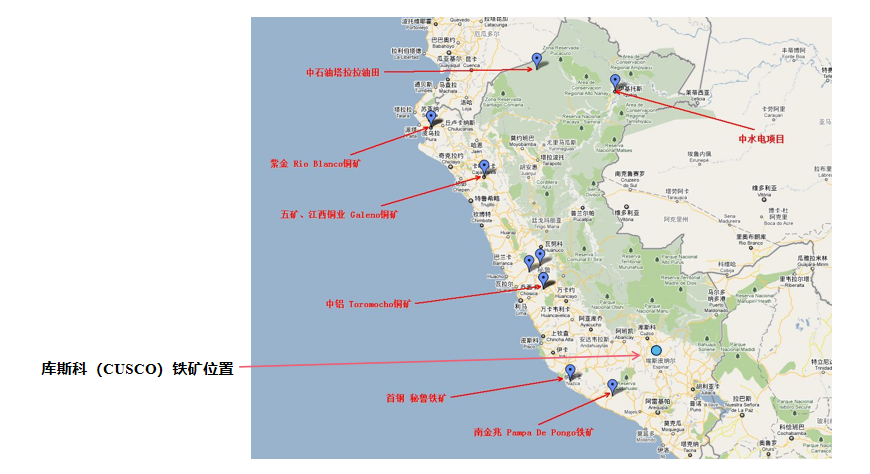
Product Qualification

富士电机(安徽)有限公司
Fuji Motor (Anhui) Co., Ltd
集团地址 / Add: 香港九龙花园道2-16号豪景大厦29楼2902室 / Room 2902, 29 / F, grand view building, 2-16 Garden Road, Kowloon, Hong Kong




